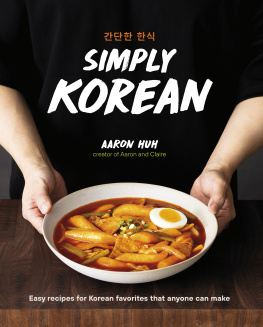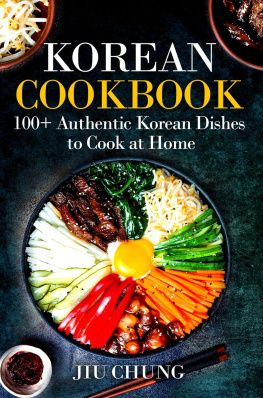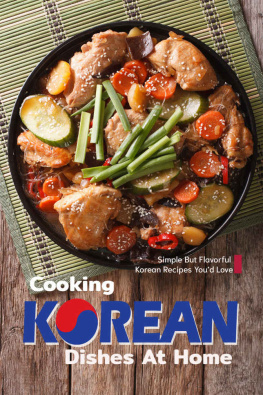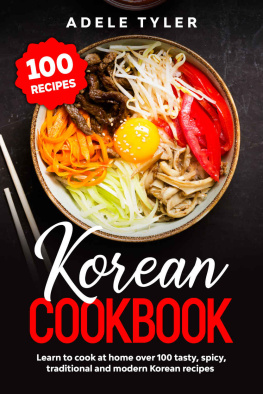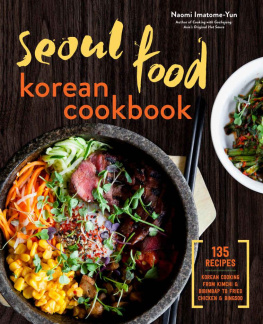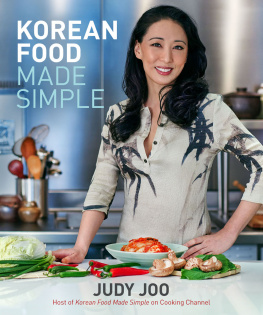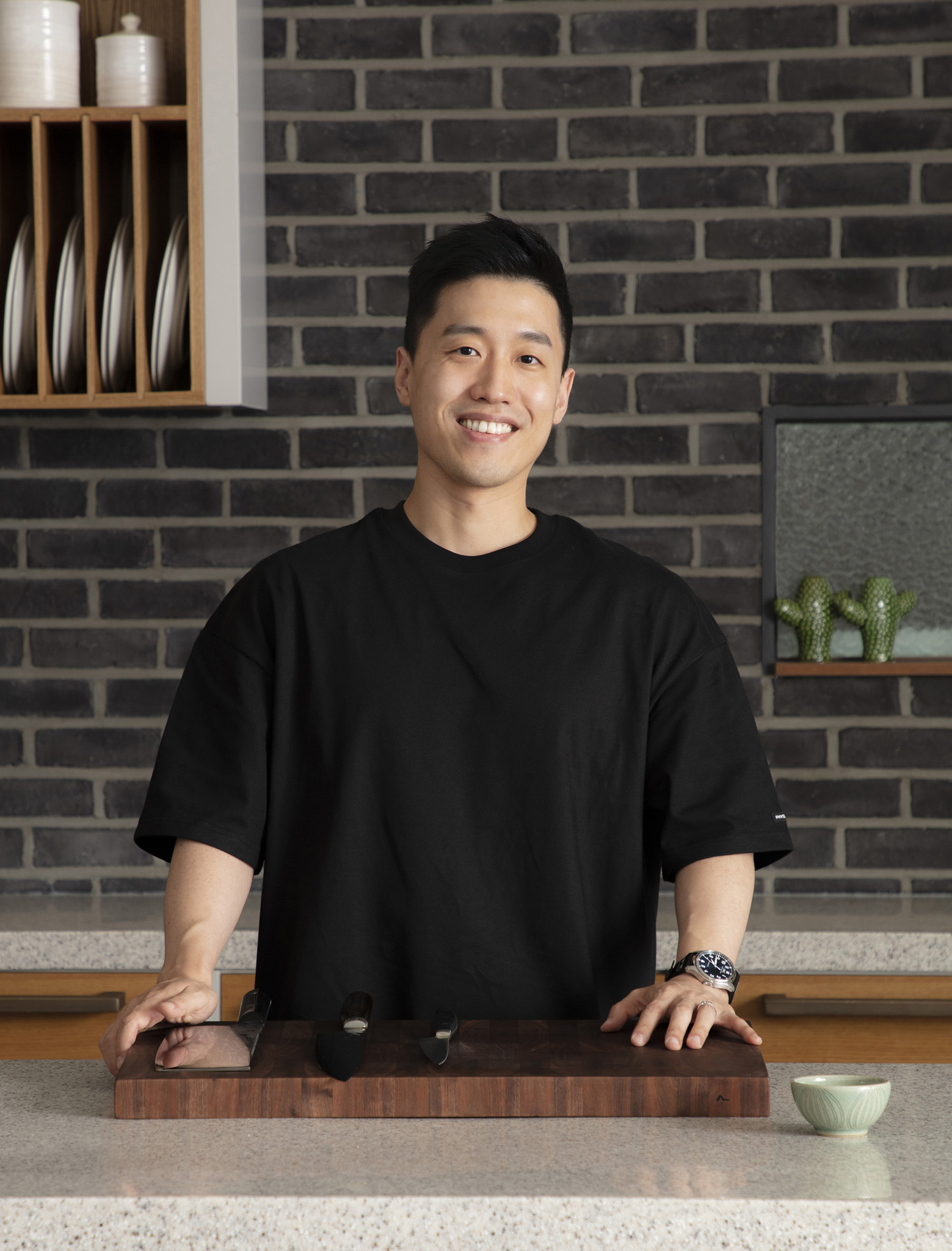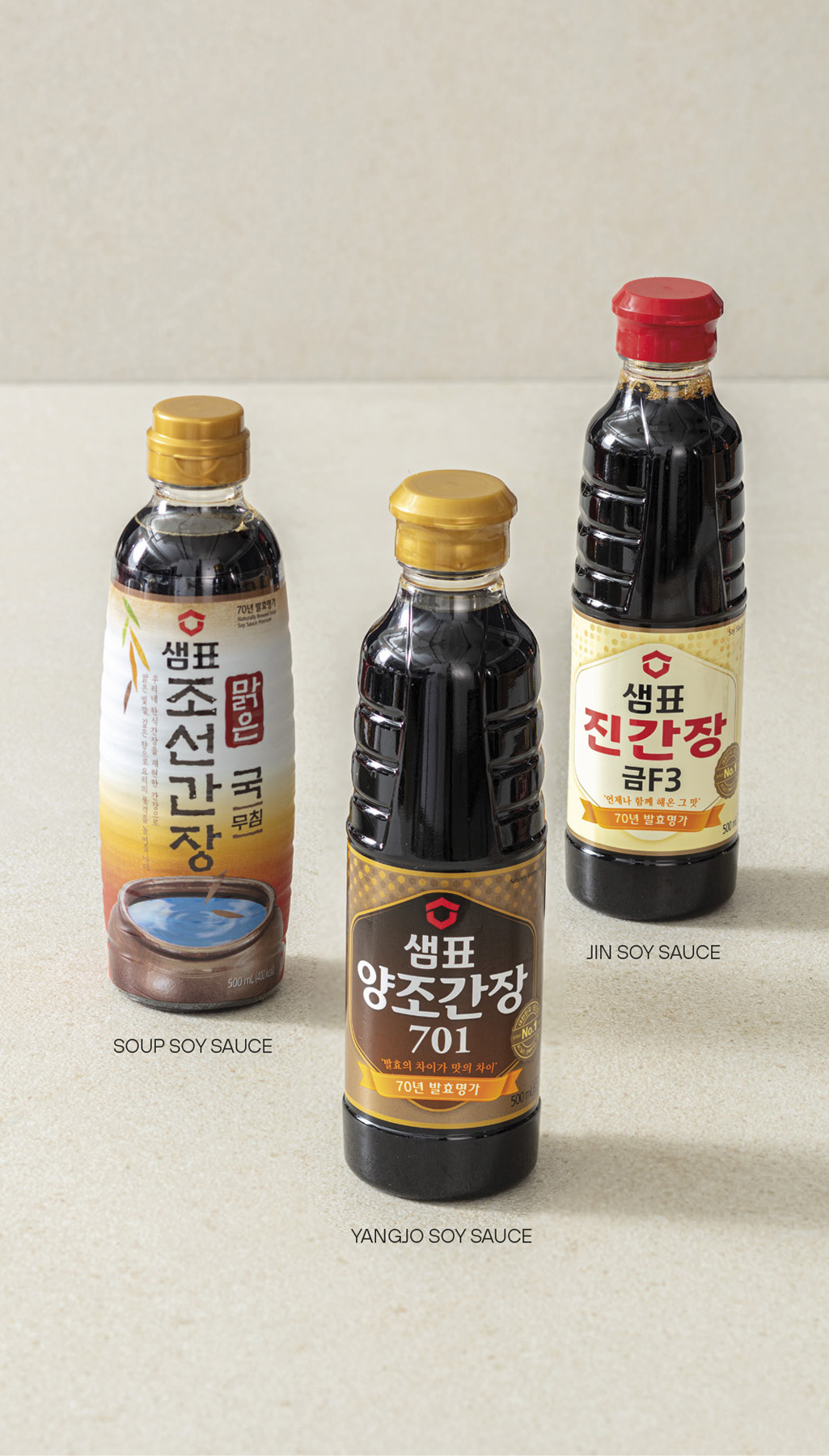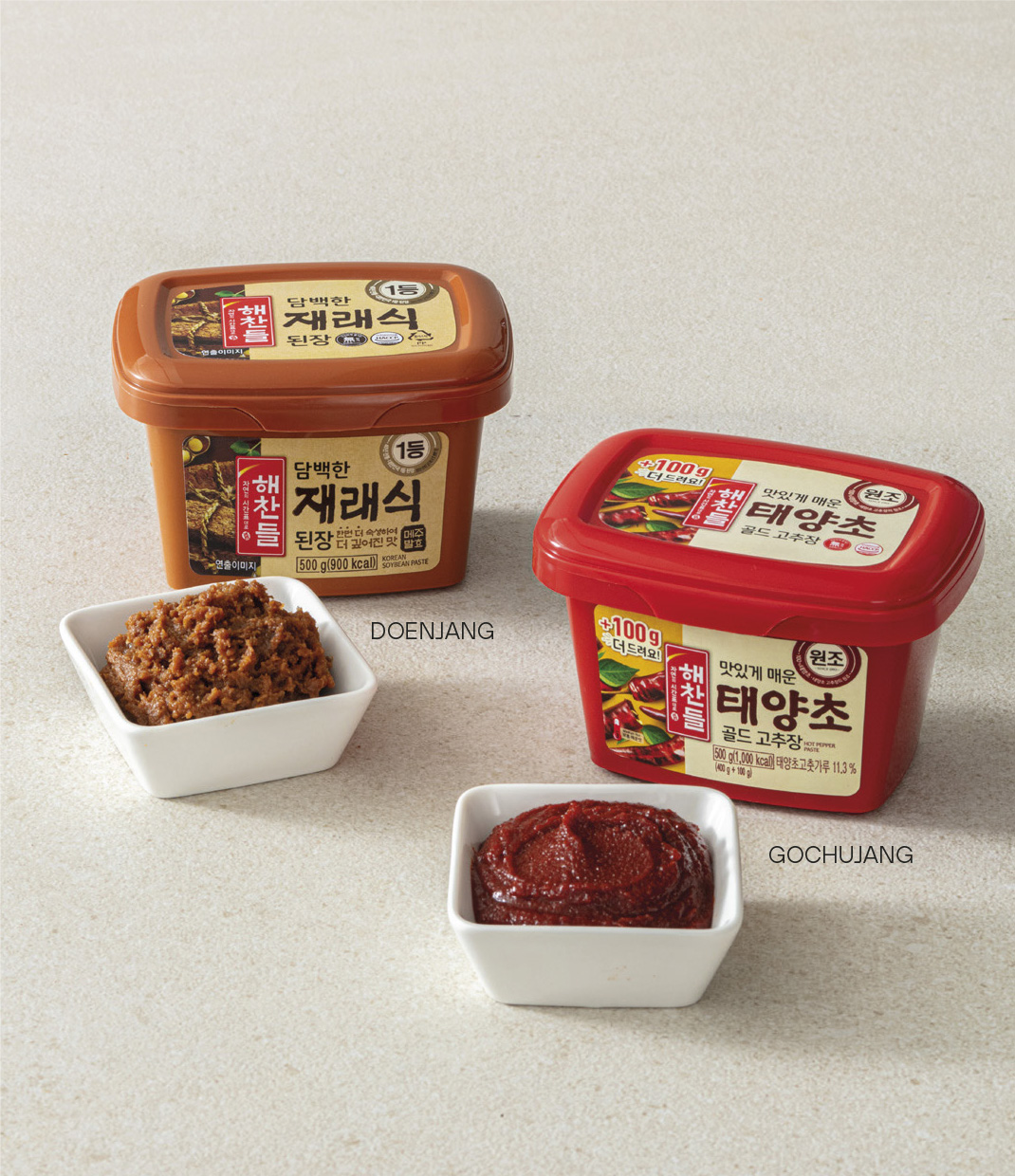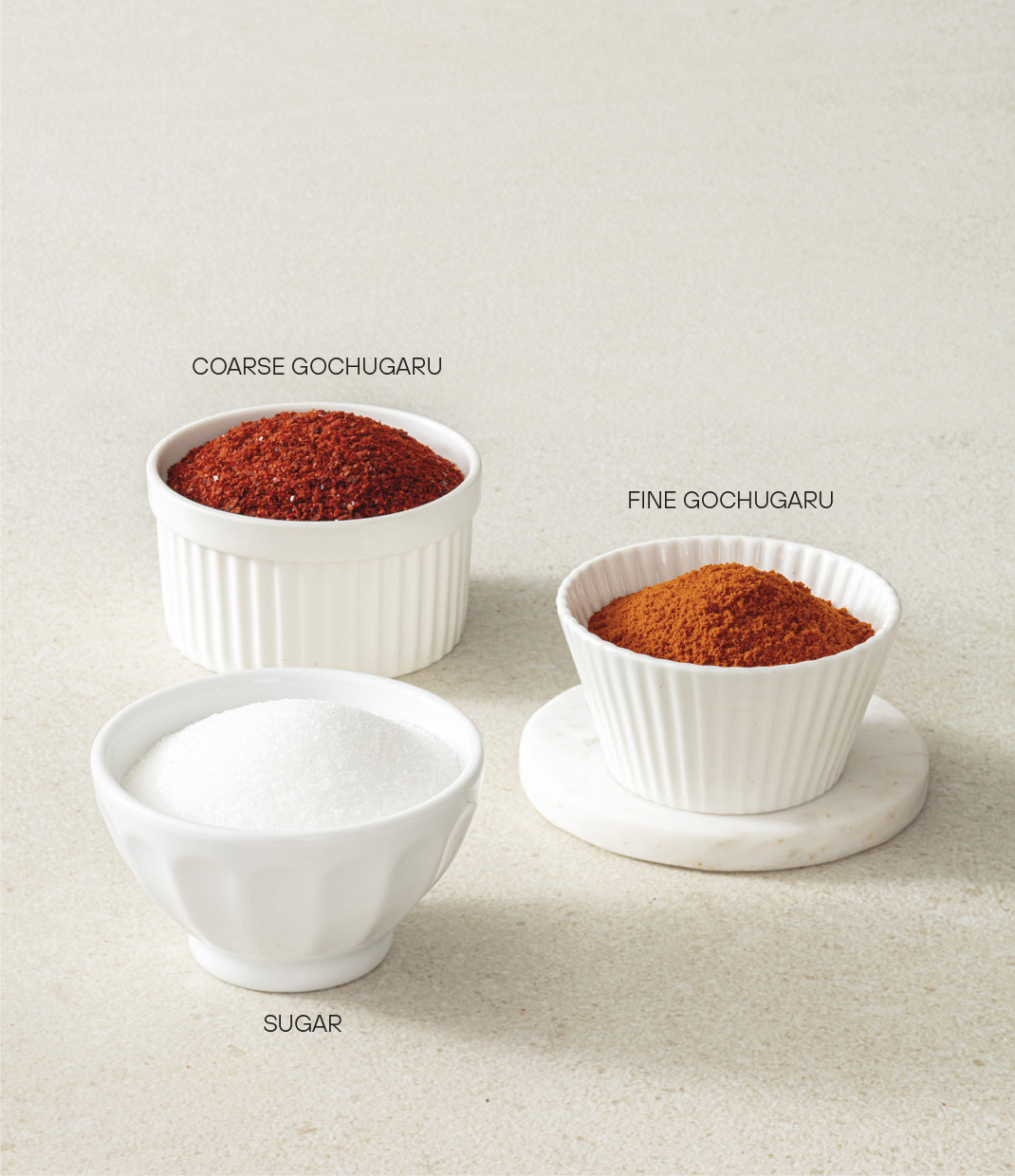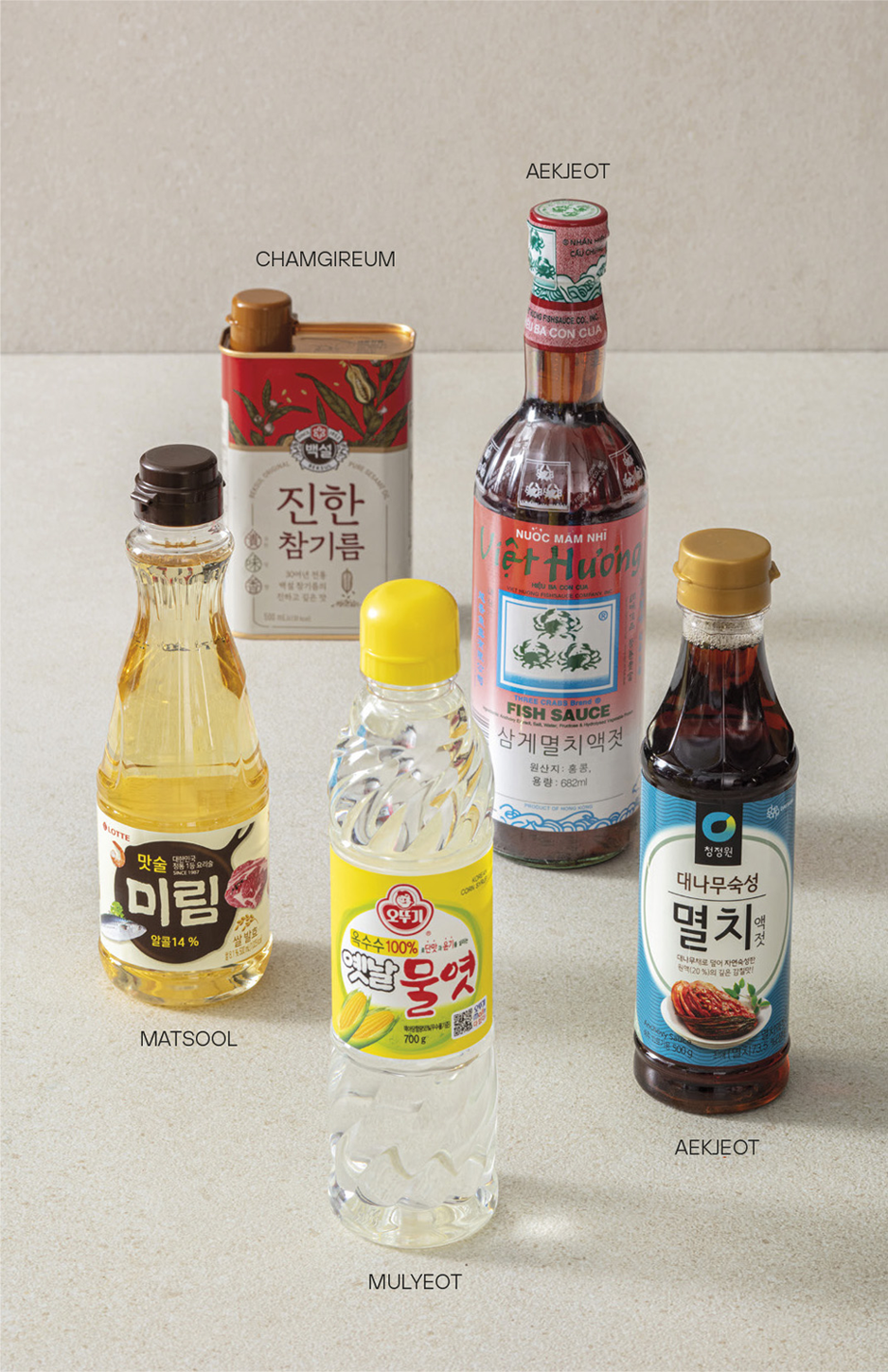CONTENTS
g
Dont worry about it!
g
Hello from Seoul!
As a former chef, I have a lot of fancy, authentic, and complicated recipes. These recipes are great, but if you ask me, Do you use those recipes in your real life ? Like, everyday recipes? My answer is NO, not at all.
Lets say you put in lots of effort and time to make an amazing meal using the kind of fancy recipes I mentioned. It would probably be delicious, and you would probably feel very satisfied and proud of yourself. But after making that meal, I am pretty sure you will NEVER go back to that cookbook with the fancy, time-consuming recipes.
We have to accept that we are all busy. You cant cook up complicated meals that take hours to produce literally every day. Thats what fine dining is for! (Apologies to the restaurant chefs out there; I always appreciate your work.) But its not for everyday cooking at home.
I hope this book is not a cool-looking encyclopedia but rather an easy-to-use and practical cookbook that you can reach for and use every single day. (I really dont want it to be a trivet for your hot pot.) In order to do that, I tried to make the recipes as simple as possible, just as I always do on my YouTube channel. I truly hope the food we eat every day is simple and easy so it takes a minimal amount of time and effort. That is what makes a GOOD cookbook, in my opinion.
Are you concerned about the taste because I said these are simple and easy recipes? Dont worry about it! They are all delicious. I guarantee it. (And Claire does too.) Once you try them, Im 100 percent sure that youll feel like youre eating at a Korean restaurantor maybe your food will be even better.
g
Essential Ingredients for Korean Cooking
Im not going to list all the ingredients for Korean cooking like an encyclopedia. Instead, these are the ingredients you really must have to make Korean dishes, including some products that might be unfamiliar or even a little intimidating.
Fresh ingredients? Dont worry about it. If you cant find exactly what you need for the recipes in this book, you can simply replace it with what you have. No problem at all. There are no absolute rules in cooking. Remembercooking is not math. Its chemistry!
Ganjang (soy sauce)
There are three main types of Korean soy sauce, and if you use the right soy sauce at the right time, you will get the BEST result. But as always, I recommend using what you already have in your pantry... I just wrote this down for your intellectual curiosity.
- Yangjo Soy Sauce
This is 100 percent naturally brewed soy sauce, which makes it full of umami. However, it may lose some flavor and aroma when heated, so its best for lightly stir-fried dishes such as japchae, no-heat dishes, dressings, and dipping sauces. - Jin Soy Sauce
This is a mixture of yangjo soy sauce and chemically produced soy sauce (not naturally brewed), so it is less expensive. However, its flavor and aroma will remain even when heated. It is suitable for stir-frying and braising. - Soup Soy Sauce
As its name suggests, this soy sauce is intended for soups. However, it is often used to season the vegetables (namul) as well. Since its saltier and lighter in color, you can season your soup without adding too much and prevent your soup from getting too dark.
Gochujang (fermented chili paste)
Gochujang is probably the most popular condiment in Korean cooking. It not only adds a pleasant spiciness to your dish, but it also gives a hint of sweetness and depth of flavor. Once open, its recommended to store in the refrigerator.
Doenjang (fermented soybean paste)
Doenjang is less well known than gochujang, but in my opinion, it is the number one condiment in Korean cuisine because it is literally an umami bomb. It has a sharp, salty, and deep savory flavor. It is mainly used in soups or stews, but thanks to that umami flavor, it can also be used for dipping sauces, dressings, and marinades. Once open, its recommended to store in the refrigerator.
Gochugaru (Korean chili pepper flakes)
A lot of people think all spicy Korean food is made using Korean chili paste (gochujang), but that is not true. In most cases (maybe 9 out of 10?), dried chili pepper flakes are the hero. They come in two formats:
- Coarse Gochugaru
Your go-to, all-purpose chili pepper flakes! Use these for kimchi, stir-fries, soups and stews, or anything else that needs a little heat. - Fine Gochugaru (or powder)
Powdered chili peppers add a beautiful and vibrant color to your dishes; this ingredient is mainly used for color.
Seoltang (sugar)
In Korean cuisine, sugar is not just a sweetener. It acts more like a flavor enhancer and helps to elevate flavors, so dont be afraid of using it. However, you can adjust the amount as needed according to your tastes.
Aekjeot (fish sauce)
Aekjeot tastes salty, savory, and pungent. If you use it properly, it doesnt make your food taste fishy at all; it is just an umami flavor that youve never experienced before. Aekjeot comes in a lot of different varieties; I like to use the one made of anchovies.
Chamgireum (toasted sesame oil)
Toasted sesame oil has a strong nutty flavor and aroma, so in most Korean cuisine, it is added during the last stage of cooking as a final touch.
Matsool (cooking wine)
This helps to tenderize the meat, gets rid of a gamey or fishy taste, and even works as a great flavor enhancer. There are many great cooking wines in the world, but in the Korean cooking scene, mirin is widely used at the moment.
Mulyeot (light corn syrup)
Corn syrup basically is used like sugaras a flavor enhancer. In addition, it makes food moister and gives it that glossy texture. Sometimes people use honey instead of corn syrup, but honey is much sweeter and has a unique scent, so I dont recommend it.
g
Theyre not ESSENTIAL, BUT
These ingredients are not essential (actually, I kind of think they are), but they do help to make your Korean cooking easier, faster, and better!
I think the name of this section explains everything. This is all I want to say about these three items. But let me say it again: these are not essential ingredients for Korean cooking, but without them, you would have to spend hours or even days making just some stock or a few homemade condiments.
Even if youre so passionate about Korean cooking that you invest your time to make homemade stock and condiments, Im not sure your final dishes will taste better than the ones made with these bad boys. Even professional chefs use these ingredients to dramatically reduce cooking time and boost all the flavors.
Dasida (Korean beef stock powder)

